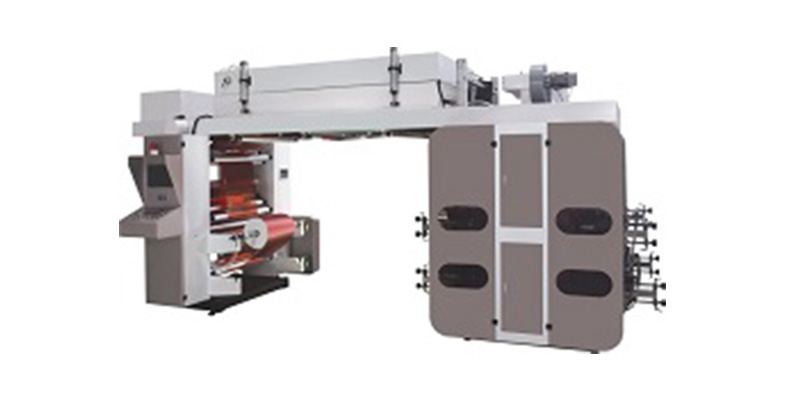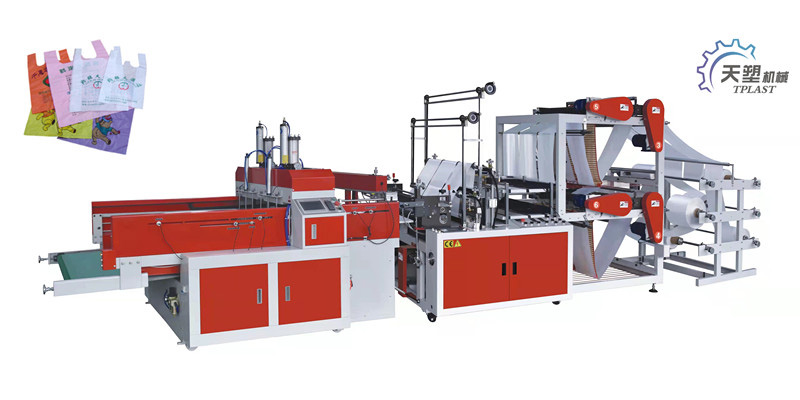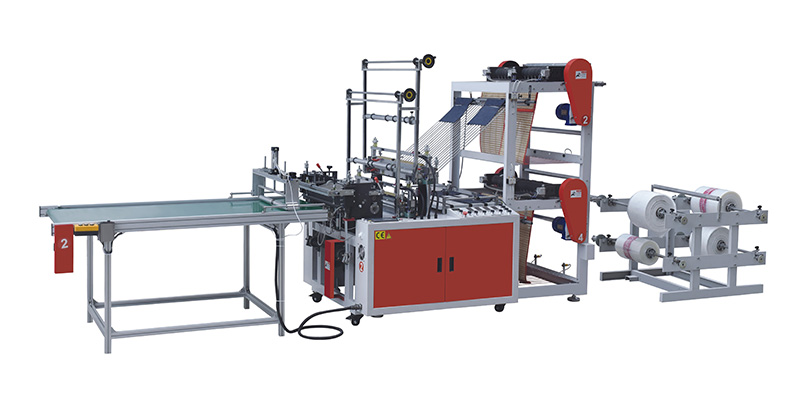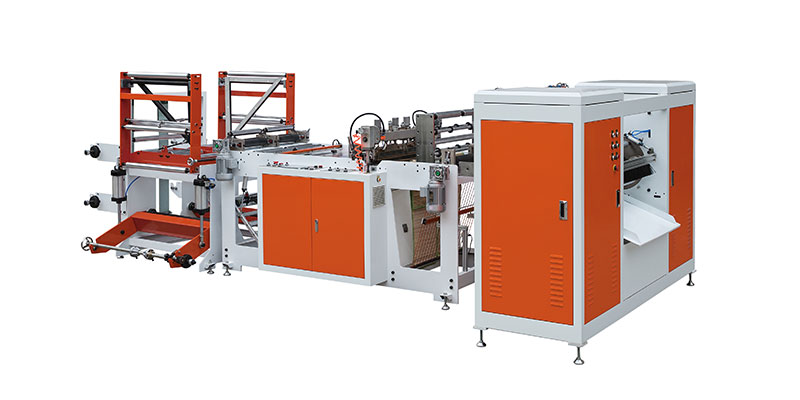How Does a Bag Making Machine Work?
In the packaging industry, machines that turn plastic films into usable bags play a key role. Many packaging professionals or newcomers wonder about their basic working process—this article breaks it down clearly to show how raw materials become finished bags.
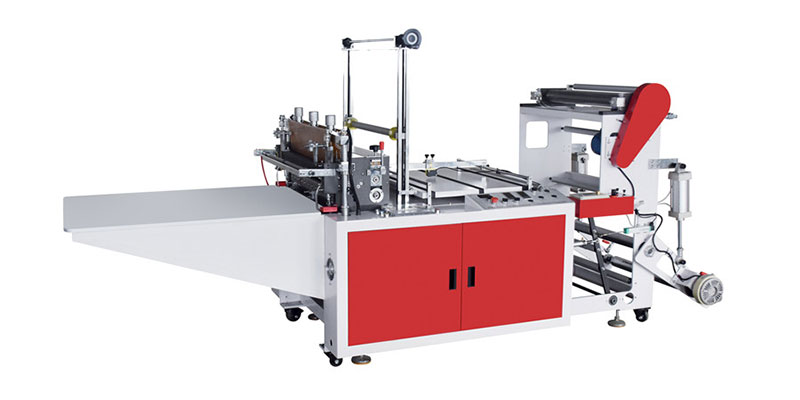
1. Raw Material Preparation: The First Step
Before starting, the right raw material (usually plastic film like polyethylene) must be prepared. The film is rolled into large rolls for easy feeding into the machine, and these rolls must be smooth, wrinkle-free and undamaged to avoid affecting final bag quality. Proper preparation ensures the process starts smoothly, as the machine is designed to handle such rolls.
2. Feeding and Heating: Shaping the Material
Once ready, the film roll is loaded onto the machine's feeding system. The system pulls the film forward steadily for even movement, then the film passes through a heating section. Controlled heat softens the plastic slightly (not fully melted), making it flexible for subsequent forming and sealing. Heat levels are adjusted based on film type to prevent overheating or underheating.
3. Forming: Creating the Bag's Basic Shape
After heating, the softened film moves to the forming section. Here, it's folded and shaped into the desired style—flat bags, handle shopping bags, or roll bags—using special molds or guides that set the bag's size (width and length) and structure. For instance, making a shopping bag involves folding the film at the bottom and sides to form the bag body. This precise step defines the bag's look and function.
4. Sealing: Securing the Bag's Edges
Sealing is critical for making bags strong and leak-proof (when required). The machine uses a sealing mechanism—most often heat sealing—which presses the shaped film's edges together while applying heat, slightly melting the plastic to fuse the edges. After sealing, edges cool quickly to keep the seal tight, and sealing strength is adjusted by use (e.g., heavy-duty bags need stronger seals than light-duty ones).
5. Cutting: Separating Individual Bags
Once formed and sealed, the machine moves to cutting. A sharp, precision cutter (usually a blade or ultrasonic cutter) slices the continuous shaped and sealed film strip into individual bags. Cutting speed matches feeding speed to ensure consistent bag size, with no too-short or too-long pieces. The cutter is designed to avoid damaging sealed edges, keeping bags intact.
6. Finishing and Output: Preparing the Final Product
The last step is finishing and output. After cutting, individual bags are collected and sorted: some machines use a simple conveyor belt to move bags to a collection bin, while others have folding or stacking functions to arrange bags neatly for easier storage or packaging. During this step, the machine checks for basic flaws (e.g., incomplete seals or uneven cuts) to ensure only quality bags are output.
Conclusion
Bag Making Machine's working process is a series of coordinated steps: raw material preparation, film feeding and heating, bag forming, edge sealing, individual cutting, and finishing/output. Each step relies on precise control to produce consistent, usable bags. Understanding this helps you better use or choose the right packaging equipment.
If you want to see practical examples of machines that follow this reliable working principle and meet different packaging needs, Visit Our Product Page to explore more details.

 English
English Français
Français Español
Español